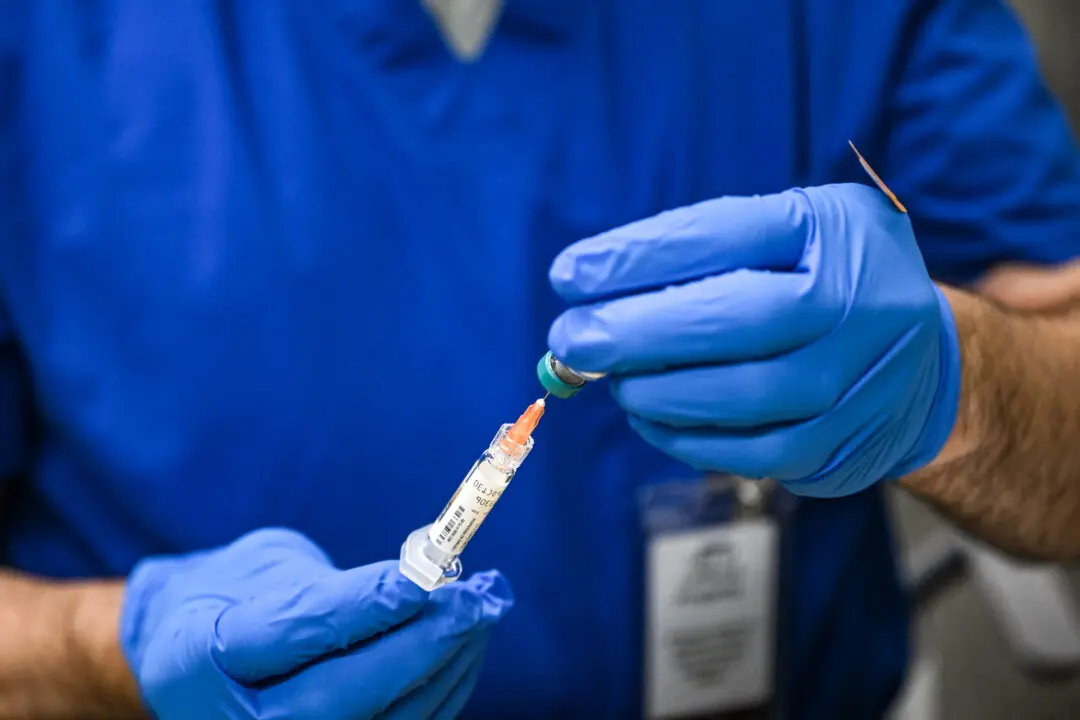Puerto Rico Gov. Wanda Vasquez declared a state of emergency and activated the National Guard on Jan. 7 after a 6.4 magnitude earthquake hit just south of the island, leaving widespread damage in southern towns and killing at least one person.
Vazquez said all public sector offices except for emergency services would remain closed Jan. 7 while emergency plans were implemented. The emergency order and activation of the National Guard were later published on an official government website.





